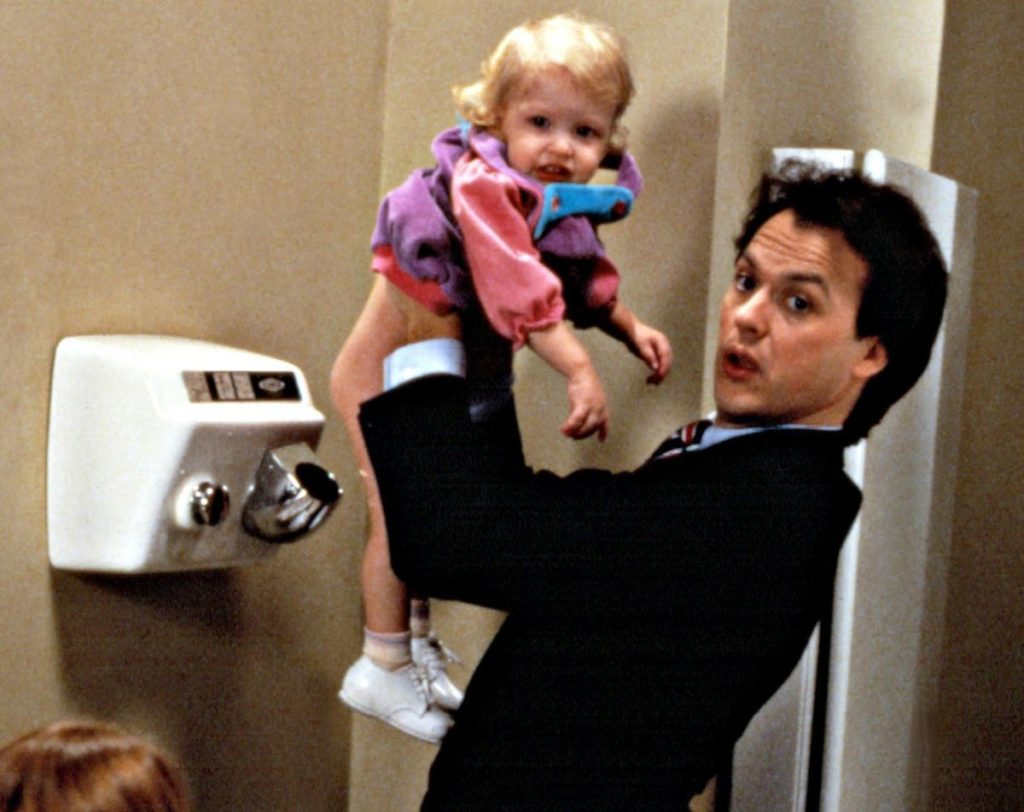Men: Do Some Damn Housework

As usual, the problem with women in the economy comes back to sexism, both in and out of the home.
In March 2020, unemployment rates for men and women age 16 and over were indistinguishable — 4.4% for men and 4.4% for women. By April, once shutdowns went into effect and schools and childcare centers were closed, the unemployment rate for women rose to 16.1%, while for men it increased to 13.6%. Among different-sex couples who remained employed in remote-eligible jobs, research shows that paid work hours declined particularly sharply for mothers of children under age 12. Although the gender gap in employment subsided over the summer of 2020, a large unemployment spike among women age 20 and over occurred in September, especially for those in their 30s and 40s — which was likely attributed to the start of the school year.
Many scholars and commentators have called upon fathers to increase their domestic contributions to mitigate the negative effects of the pandemic on mothers’ employment. Our new study, published in Gender, Work & Organization, confirms that in families where fathers do a greater share of childcare, mothers were far less likely to suffer negative employment outcomes in the early days of the pandemic. For the remainder of the pandemic and beyond, fathers who increase the time they spend engaging in childcare can likely alleviate mothers’ burdens and protect their careers.
How parents of young children divided care at home prior to the pandemic was a strong predictor of labor market outcomes in April. Using data collected on 989 parents in different-sex relationships in late April 2020, we found that among mothers doing nearly all (80–100%) of the care of young children prior to the pandemic, one in two (50%) voluntarily left their job or reduced hours in paid work. Increases in fathers’ shares of childcare drastically reduced the likelihood that mothers would experience negative employment outcomes. When childcare was shared equally prior to the pandemic (i.e., fathers did 40–60% of childcare), the probability that mothers voluntarily left jobs or reduced work hours decreased to 15% — a similar probability as fathers (11%). The average drop in work hours for working mothers of young children during the early pandemic was just over three hours per week. For every 20% increase in fathers’ shares of childcare, mothers’ time in paid labor increased by three hours per week.
As previously reported, U.S. fathers’ shares of childcare increased during the early days of the pandemic, and a significant number of couples moved away from conventional arrangements where mothers were responsible for the majority of childcare. Given that women in partnerships with egalitarian childcare arrangements are less likely to reduce their labor force participation, fathers’ efforts to increase their domestic contributions may have somewhat protected mothers’ jobs during the early pandemic — a sobering thought given how many mothers left or lost their jobs. Still, increases in fathers’ domestic contributions were incredibly modest — the prevalence of egalitarian arrangements increased by less than 10 percentage points according to mothers’ reports — indicating that many more men can step up and alleviate some of the burdens on their partners.


